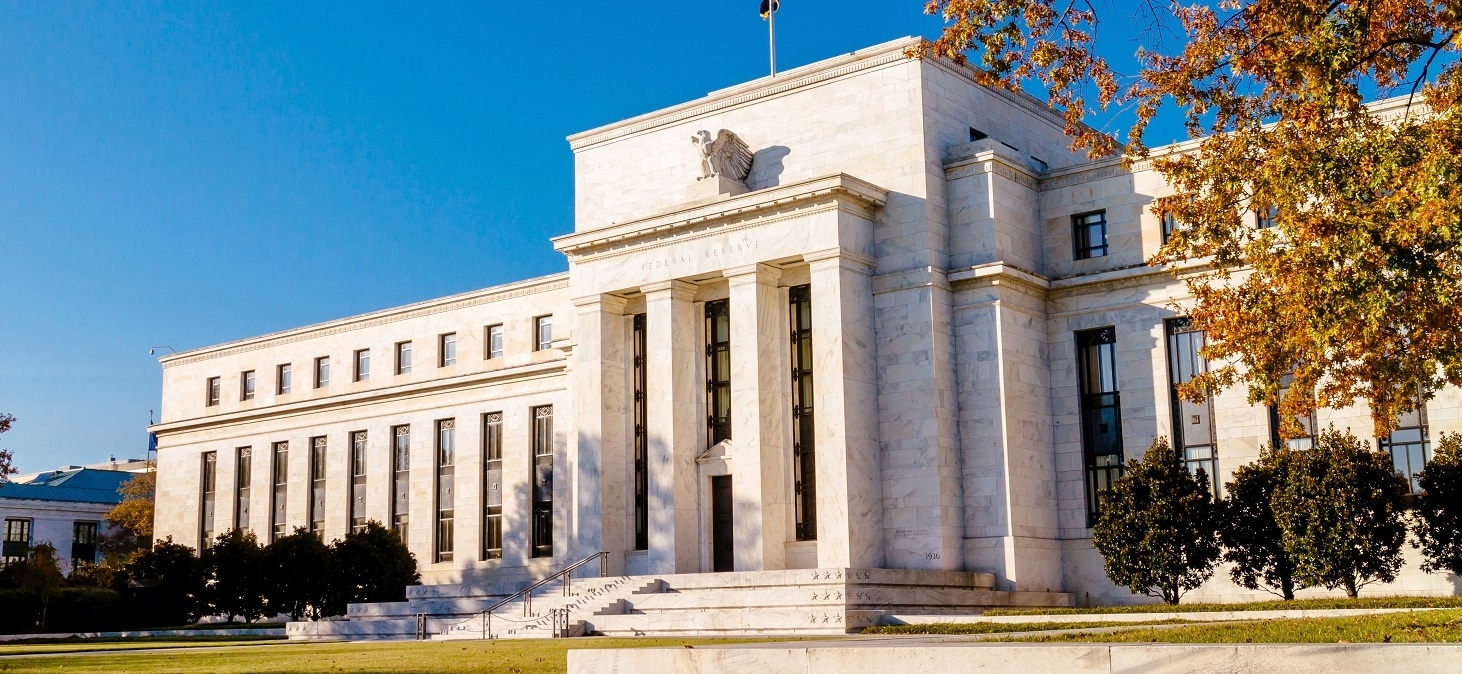
(Shutterstock)
Despite "considerable progress," the path to the Fed's 2% goal for inflation remains uncertain and "bumpy." As a result, the FOMC made a unanimous decision not to change the target range for the federal funds rate following the FOMC's March policy meeting and left the target range of 5.25%-5.5%, in-line with the market’s pre-meeting expectation.
As investors reviewed the higher assumptions for economic growth and inflation within the Fed's updated Summary of Economic Projections (SEP) report and saw the median "dot" of policymakers' assumptions for the federal funds rate was unchanged from December's SEP forecast of three cuts in 2024, US equities moved higher and US Treasury yields lower. Following Wednesday's meeting, the S&P 500 closed at an all-time high for the year and the 5-year US Treasury yield declined 6 basis points to 4.24%.
We continue to see an overall healthy outlook for the US economy and still think it makes sense to position for a soft landing, factoring in moderating growth, receding inflation, and declining interest rates. The US economy appears to be moderating back toward trend growth from an unsustainable pace (it was running at an annualized 4% rate in the second half of 2023) which is positive news for the disinflation outlook. Our base case remains that the Fed will cut rates three times (25bps each) before the end of 2024, starting in June. As a result, we recommend quality bonds and quality stocks.
The FOMC still wants greater confidence inflation is moving sustainably down toward 2%. During the press conference, Fed Chair Jerome Powell commented that despite "considerable progress” to ease inflation, inflation remains too high and "the path forward is uncertain." He also noted that the higher inflation data within the recent CPI and PCE releases may be due to seasonal effects, but he did not "want to be dismissive of it." Nonetheless, the SEP report showed little change in the committee members' median PCE inflation assumptions. The Committee decided to wait for further evidence and for confidence that inflation is falling sustainably. We believe that much of the hot inflation data in recent releases is likely to recede in the coming months on a more balanced labor market and slowing economic growth. Our base case remains the incoming economic data will be soft enough for the Fed to begin cutting rates in June, for a total of 75bps (three cuts) by year-end.
Members' SEP assumptions for economic growth were raised. The biggest change within the SEP was the increase in projections for US economic growth in 2024, 2025, and 2026. Fed Chair Jerome Powell highlighted the stronger labor supply, which can allow inflation to slow even under robust growth. For 2024, the median projection is now 2.1% (up from 1.4%). This is in-line with the Atlanta Fed GDP tracker's 2.1% for the first quarter of this year, which followed a smaller-than-expected rebound in February retail sales. As restrictive monetary policy continues to feed through the economy, we expect the US economy to grow around the trend rate of 2% this year, a fairly healthy outlook.
The labor market continues to be strong but there are signs of cooling. With labor supply and demand in better balance, the Committee expects to see evidence of easing inflationary pressures from the labor market. However, should there be evidence that the labor market is weakening, the Fed is ready to adjust policy. The latest labor report showed strong payroll growth, but a moderation in average hourly earnings growth and a higher unemployment rate. Multiple other indicators—the Atlanta Fed wage tracker, the employment cost index, quit rates, National Federation of Independent Business (NFIB) hiring and compensation plans, job openings to unemployed ratio—are also back to either mid-2020 or mid-2021 levels and trending lower. We believe the cooling labor market suggests that inflation is more likely to continue falling, instead of staying at current levels.
So, we continue to believe that the macro backdrop remains benign for the Fed to cut rates this year, creating an environment favorable for quality bonds and quality stocks.
Main contributors - Brian Rose and Jennifer Stahmer.
For more, see FOMC holds steady


